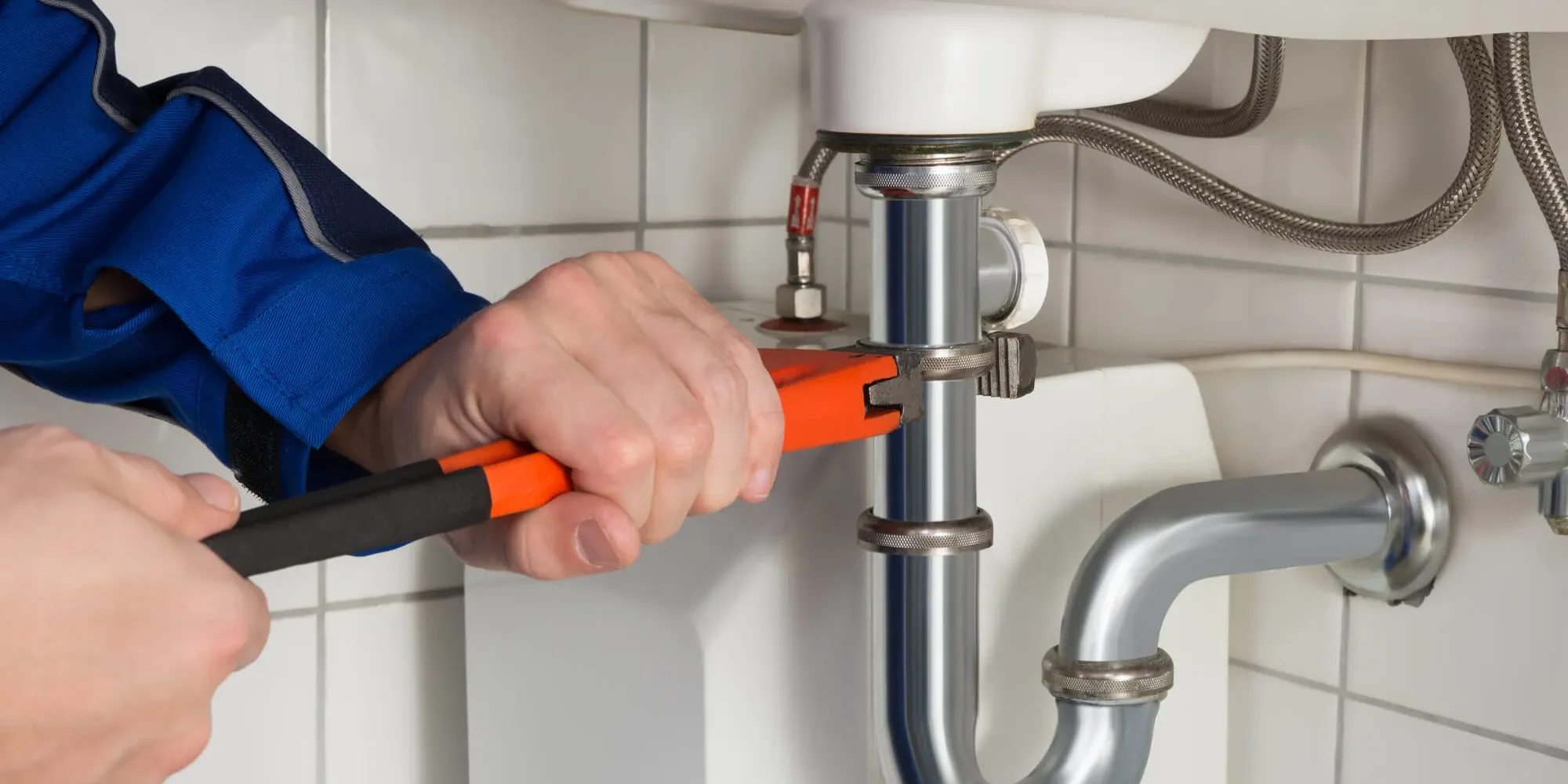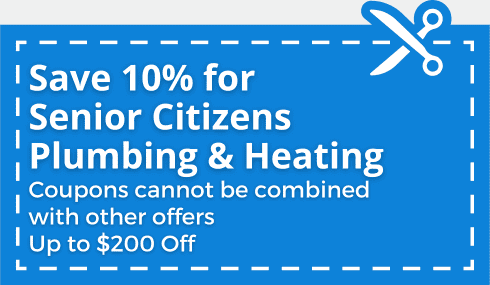
Many homeowners get overwhelmed with their plumbing maintenance needs. Most think it’s too complex for their untrained hands, hence they rely everything on their local plumber. But the truth is, plumbing maintenance isn’t only for the pros. It’s a basic life skill everyone should know about.
So, today we’ll be teaching you how to care for your system. Nothing fancy or complex, just an easy guide that will help you develop a habit to protect your system from emergency plumbing repairs. Let’s get started.
Daily and Weekly Habits That Prevent Plumbing Problems
Plumbing problems may not show up every day. But here’s the reality: your daily habits affect how your plumbing works. Whether you’ll face major pipe trouble next week or not depends on what you do in the days ahead.
So, instead of shrugging off the activities you do from day to day, take it as your chance at proactive, ongoing maintenance care. Here’s what you can do daily to keep your plumbing free of surprise setbacks.
Do not flush or pour the wrong stuff down your pipes
Every homeowner would agree that clogs are the most common plumbing problem they face. Some even battle clogs multiple times in a week. Its source? All those things you flush down your drain, which aren’t supposed to find their way into your pipes in the first place. We’re talking about flushing wipes down your toilet, pouring grease into your kitchen pipes, or shoving solid food particles down your sink instead of trashing them.
These are the habits you need to ditch altogether, or else you’ll be stuck in a loop of exhausting unclogging routines.
Listen for dripping sounds
That faint dripping sound might not seem urgent, but it’s a warning sign you should never ignore. A slow drip from a faucet, under-sink pipe, or toilet tank can quietly waste gallons of water each day.
More importantly, it signals that a washer, seal, or valve might be failing. If left unattended, it could worsen into a full-blown leak that damages your floors, walls, or cabinetry.
Make it a habit to listen while doing your nightly routine. If something sounds off, do a quick visual check or shut off the affected fixture and call a plumber if needed. Catching it early prevents more expensive damage later.
Install and clean drain screens
Hair, food particles, soap scum, and debris are your plumbing’s silent enemies. Over time, they settle in your drains and clog them up. A quick way to block them? Install drain screens in your sinks, showers, and tubs. These screens catch the gunk before it slips into your pipes.
But don’t forget, installing them is just step one. Make it part of your weekly cleaning to empty and rinse them out. It’s a five-minute task that can save you from major backups, slow drains, and the unpleasant job of drain cleaning by hand.
Monthly Plumbing Maintenance Checklist
Your daily and weekly plumbing maintenance checklists aren’t always enough to keep you away from emergency plumbing headaches. Setting aside at least 30 minutes of monthly maintenance can greatly complement your basic routine. If you stick to a monthly schedule, there’s a higher chance of not only preventing emergency plumbing disasters but also ensuring your system works as efficiently as it can.
Here’s what to include in your monthly plumbing care routine:
Inspect exposed pipes
Corrosion, freezing, and cracks are your exposed pipes’ biggest threats. So, always walk around these parts to check their condition. During your spare time on a weekend, inspect your visible pipes in the basement, under your sink, or behind your appliances.
Look for rust, white calcium buildup, or small puddles. These are early signs of leaks or corrosion. Catching them now can help you fix a minor issue before it becomes a burst pipe or costly flood. You should also keep them insulated, especially before the colder months set in, to prevent them from freezing.
Flush your drains
Even when you’re careful about what goes down your drain, gunk can still build up. That’s why monthly drain cleaning is a smart habit. Boil a kettle of water and slowly pour it down your sink and tub drains. Follow it up with half a cup of baking soda, then a cup of vinegar. Let it fizz for 10–15 minutes, then flush again with hot water.
This helps clear out minor blockages, breaks down grease and grime, and keeps everything flowing smoothly. It also knocks out those weird sink smells that sneak up on you.
Check under cabinets
Moisture under the sink is a hidden plumbing hazard. You won’t always notice a leak until damage has already started. Once a month, open your bathroom and kitchen cabinets to take a quick look and sniff around.
Run your hand along the base and back corners to check for dampness or soft spots. Look for signs of mildew, bubbling wood, or crusty mineral buildup around pipe joints. Even a tiny drip can ruin cabinets, warp flooring, or attract mold. If anything feels off, tighten the fittings or call a plumber before it gets worse.
Essential Plumbing Tools Every Homeowner Should Own
You don’t need to be a pro to handle basic plumbing issues. But you do need the right tools within reach. With a few essentials on hand, you can stop a small issue from becoming a big, expensive mess. Here’s what every homeowner should keep in their plumbing toolbox:
- Cup and flange plungers: Have both. The cup plunger is for sinks and tubs. The flange plunger is shaped for toilets. They’re your first line of defense against clogs. Just ensure you use the right one for the right job to avoid damaging your components.
- Pipe wrench: This heavy-duty tool gives you extra grip when tightening or loosening pipe fittings under sinks or around fixtures that your bare hands can’t handle. It’s especially useful if you’re replacing a faucet or dealing with old, stubborn connections.
- Plumber’s tape: Also called Teflon tape, this thin white strip wraps around threaded pipe connections to stop leaks. Use it when installing shower heads, faucets, or any threaded fittings. It’s cheap, easy to use, and prevents drips at the source.
- Drain snake or auger: When the plunger doesn’t cut it, reach for a drain snake. These flexible tools help break up and pull out gunk stuck deeper in your pipes. They’re perfect for bathroom sinks, showers, and tubs with slow drains.
- Bucket and rags
Simple but critical. Keep a bucket handy to catch water when you disconnect pipes or fix a leak. Rags help mop up spills, wipe fittings, or wrap around pipes to soak up drips while you work.
Get Trusted Plumbing Maintenance from Anytime Plumbing, Sewer, Drain & Heating
Avoiding severe plumbing troubles boils down to how you proactively care for your system. But sometimes, expert assistance is still essential to keep your maintenance on point.
At Anytime Plumbing, Sewer, Drain & Heating, we offer customizable plumbing maintenance plans that will match your needs. If you can’t find the time to do it yourself, or DIY plumbing isn’t your area, we can help you stay on top of your plumbing care checklist. We have a team of experienced plumbers ready to take over. No more forgotten maintenance schedule, just a hassle-free and convenient way of keeping your pipes trouble-free.
Book your schedule today!







